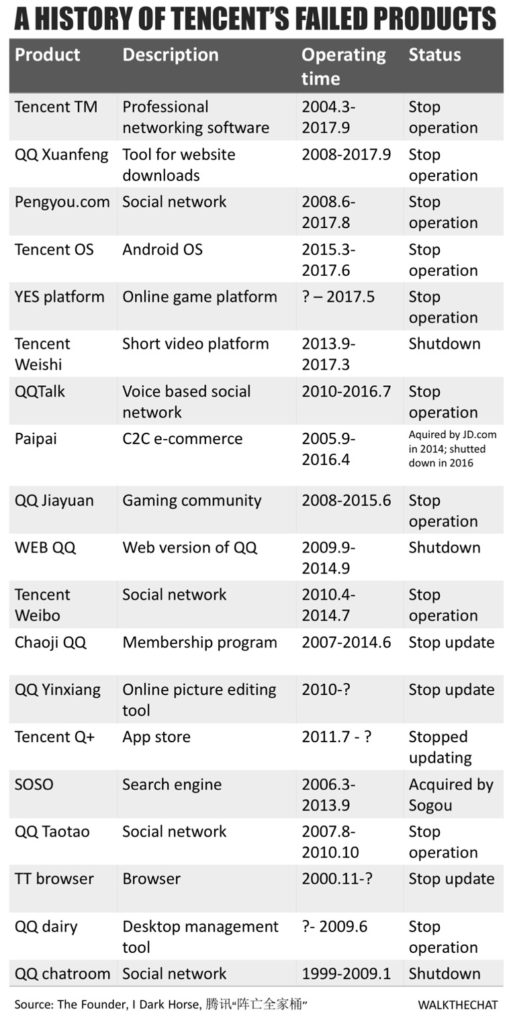Most people think of Tencent as the most successful company in China that build great products such as WeChat and QQ. However, during its quest to conquer the Chinese internet, it launched many test products and many have failed miserably. Today we will take a look at a few of these failed attempts of Tencent and try to predict what’s next.
Here is a list of Tencent’s failed products:
Paipai
A consumer to consumer (C2C) platform.
Launched: September 2005
How it ended: JD.com acquired Paipai in 2014 during the strategic deal with Tencent. Paipai officially closed in April 2016.
Cause of death: lost the war against Taobao and Alipay
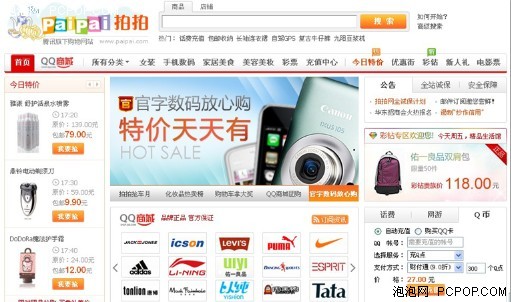
In 2005 Tencent launched Paipai, a Taobao copycat, trying to test the water for e-commerce. At the time QQ already reached 184.8 million monthly active users (MAU) according to Tencent’s Q3 2015 earning report. Leveraging traffic from QQ, Paipai had an easy start in the beginning: it was ranked among the top 500 websites globally by Alexa, a data analytics company.
However, even the free traffic from QQ couldn’t help Paipai to win the war against Taobao. At the time, Taobao just launched Alipay to guarantee e-commerce transactions. This along with Taobao’s in-site search feature reinforced the trust and usability necessary for an e-commerce platform. By the end of 2014, Taobao dominated the e-commerce market.
Tencent eventually realized Paipai didn’t stand any chance going against Alibaba. Instead, Tencent spent $214 million USD to acquire 15% of JD.com. As part of this strategic alliance, Paipai was grouped into JD.com and was eventually shut down in April 2016 for the reason of being “unable to control fake products”.
Since then, Tencent persisted in this strategy of “competing through investing”, and also acquired 7% of vip.com, the third largest e-commerce platform, in December 2017. It is also backing the 5th largest e-commerce platform Mogu. Tencent’s up-hill e-commerce battle is still on-going, but their strategy seems clear.
SOSO
A search engine website.
Launched: March 2006
How it ended: September 2013, Tencent acquired 36.5% of Sogou, the second biggest search website, and as part of the acquisition deal, Sogou took control of SOSO’s operation.
Cause of death: low user awareness, poor search results, Tencent did not promote its browser via its other Apps which could be a good marketing channel for SOSO
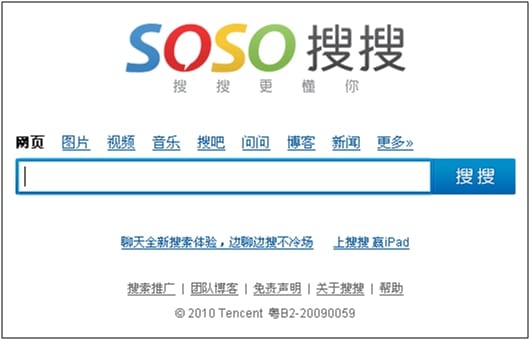
Tencent tried to push its search solution SOSO a decade ago. According to Nielsen, a market research company, SOSO’s market share surpassed Google in mainland China in 2009. When Google was kicked out of China in 2010, SOSO hired many Googlers and tried to launch new products in 2011. By November 2011, SOSO had already spent 1.2 billion RMB in R&D cost and was planning to spend another 1 billion RMB in 2012.
However, Baidu had the first mover advantage. The rest of search engine market depended heavily on web browser’s built-in search feature. For example, Sogou’s web browser successfully forced users to use its search engine feature. But Tencent failed to capture the web browser market and therefore was not able to drive traffic to SOSO.
Tencent ended up owning 44% of Sogou when it went for its $585 million IPO in November 2017. Tencent is collaborating with Sogou to include more search content within WeChat. Even though Baidu still dominate’s the search market, the size of the desktop search queries is diminishing as users are shifting to mobile, opening a new opportunity for Sogou and Tencent.
We can observe a similar trend than in the e-commerce market: Tencent is switching from an “in-house development” strategy to an “invest & acquire” strategy.
Pengyou.com
A relationship based social network website
Launched: August 2008
How it ended: stopped operation in August 2017
Cause of death: lost the internal competition against Qzone
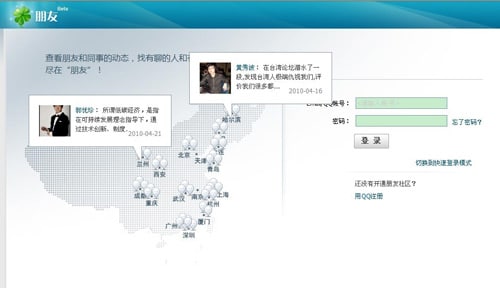
Pengyou.com is a social network based on user’s friend connected from QQ, a website where users can update status using real names. It reached 248 million MAU in Q2 2012, at the time Qzone had 589 million MAU.
It is a Tencent tradition to launch many projects internally and having them compete against each other. WeChat was also one of the projects that won the internal competition and raised to the top. In this case, Pengyou lost the competition against its own sibling Qzone. Another competitor, Renren.com, the biggest school-focused social network in 2012, faded out and ended up being forgotten by users. Leaving WeChat, QQ and Weibo dominating the Chinese social media.
Tencent Weibo
A Weibo/Twitter copycat
Launched: April 2010
How it ended: Tencent announced it would discontinue Tencent Weibo in July 2014
Cause of death: internal competition & lack of user-generated content
Most of people might not remember that, for a short period of time, Tencent also tried to launch its own Weibo. It was back in the good old years when Sina Weibo just started to take social media by storm in 2010.
The interface of Tencent Weibo was very similar to Sina Weibo.
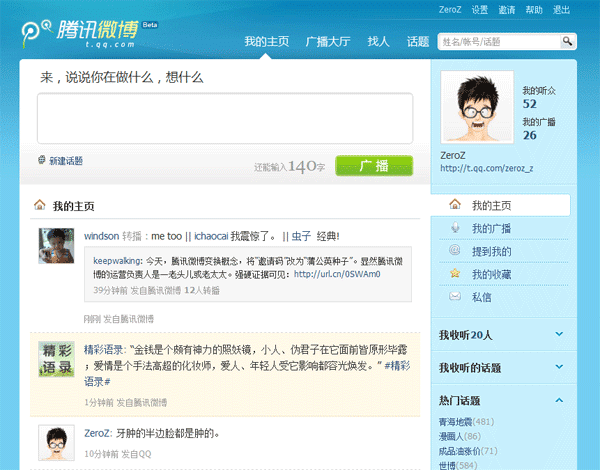
As a copycat, Tencent Weibo hired the Olympic champion, Liu Xiang, to be a KOL. But this marketing choice and the overall network didn’t seem to get to the essence of interest-based social media: gossips and celebrity’s news. After months of operation, what was left on the platform was ads and chicken soup contents.
Tencent Weibo also faced strong internal competition from Qzone. Both feed on traffic from QQ, yet Tencent Weibo was never able to pick up speed.
Luckily losing Tencent Weibo is not a huge loss since WeChat is dominating the social media network.
Conclusion
Many of Tencent’s internal products lost their wars against competitors, both internal and external.
However, we can see that these failed products are part of a broader strategy for Tencent. By investing in various industries, Tencent is gaining knowledge and is eventually acquiring part of its competitor.
Those failed products turn out to be experiments that give Tencent a good understanding of markets before its investments.
Source: 腾讯“阵亡全家桶”: 巨头也有不争气的儿子 by 创业家&i黑马


